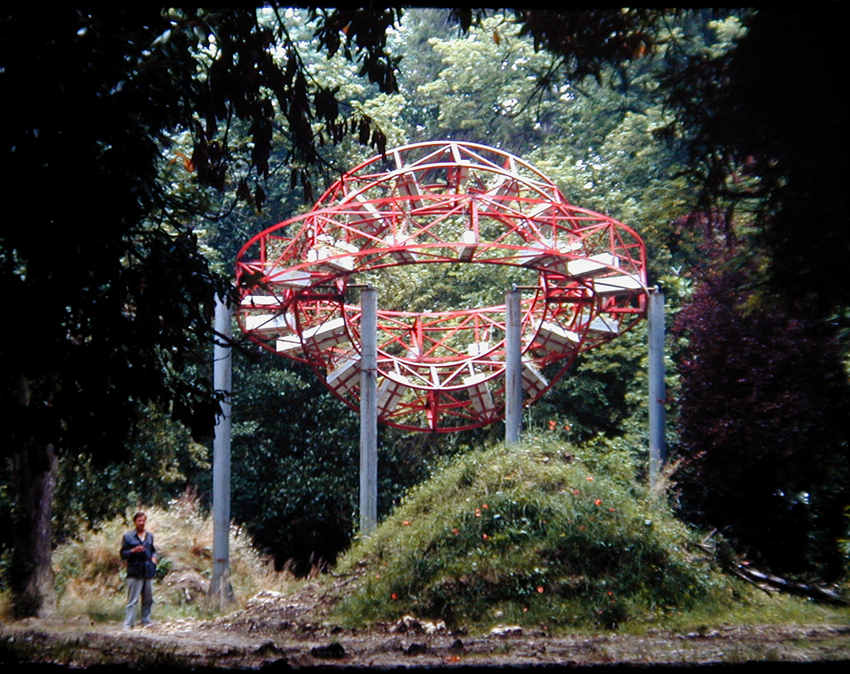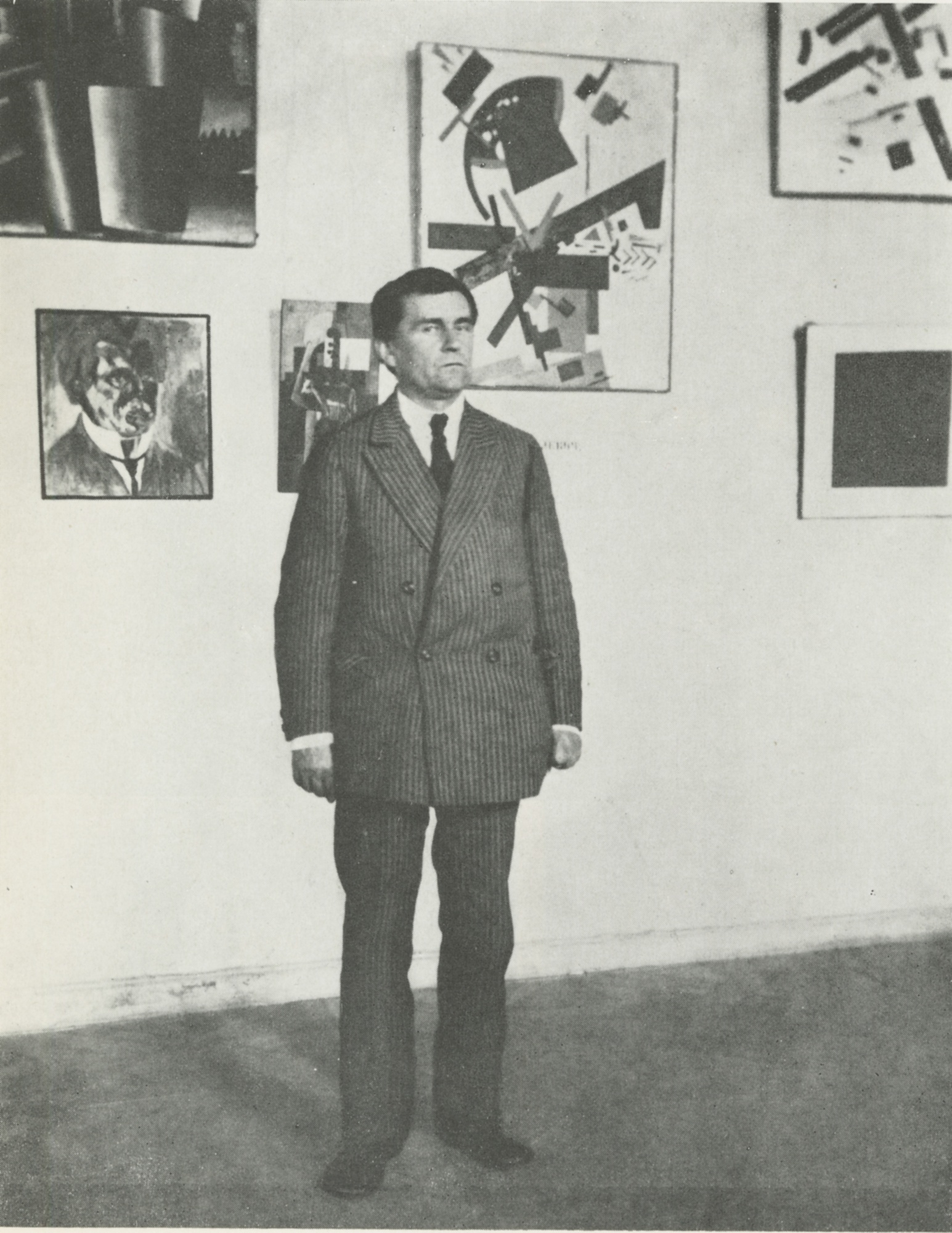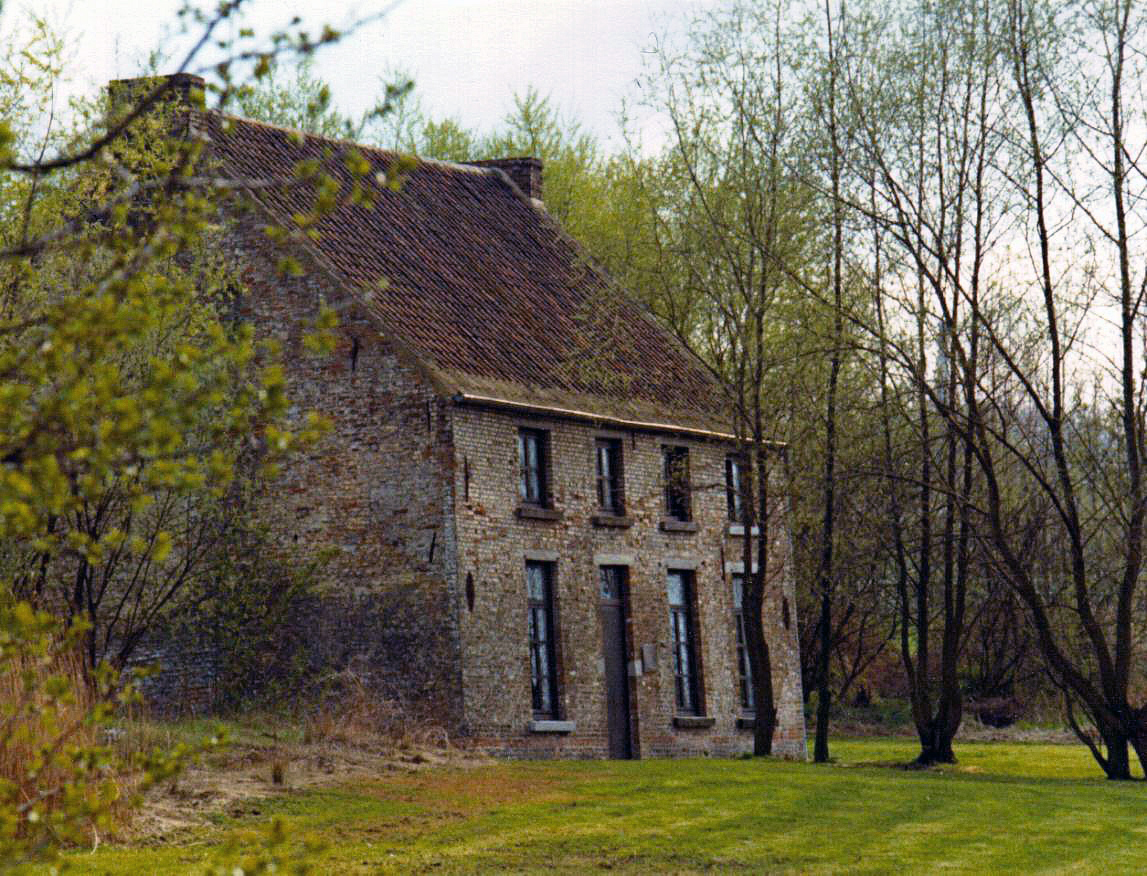|
Information Art
Information art, which is also known as informatism or data art, is an art form that is inspired by and principally incorporates data, computer science, information technology, artificial intelligence, and related data-driven fields. The information revolution has resulted in over-abundant data that are critical in a wide range of areas, from the Internet to healthcare systems. Related to conceptual art, electronic art and new media art, informatism considers this new technological, economical, and cultural paradigm shift, such that artworks may provide social commentaries, synthesize multiple disciplines, and develop new aesthetics. Realization of information art often take, although not necessarily, interdisciplinary and multidisciplinary approaches incorporating visual, audio, data analysis, performance, and others. Furthermore, physical and virtual installations involving informatism often provide human-computer interaction that generate artistic contents based on the proces ... [...More Info...] [...Related Items...] OR: [Wikipedia] [Google] [Baidu] |
Data
Data ( , ) are a collection of discrete or continuous values that convey information, describing the quantity, quality, fact, statistics, other basic units of meaning, or simply sequences of symbols that may be further interpreted formally. A datum is an individual value in a collection of data. Data are usually organized into structures such as tables that provide additional context and meaning, and may themselves be used as data in larger structures. Data may be used as variables in a computational process. Data may represent abstract ideas or concrete measurements. Data are commonly used in scientific research, economics, and virtually every other form of human organizational activity. Examples of data sets include price indices (such as the consumer price index), unemployment rates, literacy rates, and census data. In this context, data represent the raw facts and figures from which useful information can be extracted. Data are collected using technique ... [...More Info...] [...Related Items...] OR: [Wikipedia] [Google] [Baidu] |
Generative Art
Generative art is post-conceptual art that has been created (in whole or in part) with the use of an autonomous system. An ''autonomous system'' in this context is generally one that is non-human and can independently determine features of an artwork that would otherwise require decisions made directly by the artist. In some cases the human creator may claim that the Generative systems, generative system represents their own artistic idea, and in others that the system takes on the role of the creator. "Generative art" often refers to algorithmic art (algorithmically determined Computer-generated artwork, computer generated artwork) and synthetic media (general term for any algorithmically generated media), but artists can also make generative art using systems of chemistry, biology, mechanics and robotics, smart materials, manual randomization, mathematics, data mapping, symmetry, and Tessellation, tiling. Generative algorithms, algorithms programmed to produce artistic work ... [...More Info...] [...Related Items...] OR: [Wikipedia] [Google] [Baidu] |
Kynaston McShine
Kynaston Leigh Gerard McShine (February 20, 1935 – January 8, 2018) was a Trinidadian born curator and public speaker. His visions about contemporary art made lasting contributions to the lives of countless artists and colleagues at the Museum of Modern Art in New York City where he worked from 1959 to 2008. He is said to be the first curator of color at a major American museum and at his retirement he had risen to the position of chief curator at large of painting and sculpture. Early life and education Born Kynaston Leigh Gerard McShine to Leonora Pujadas and Austen Hutton McShine, Kynaston McShine was the elder of two children. Pujadas was president and founder of the League of Women Voters in Trinidad while his father was president of a bank. As a child, McShine and his brother attended Queen's Royal College in Trinidad and Tobago. In 1958, McShine earned a bachelor of arts degree from Dartmouth College, where he studied philosophy. He began graduate studies at Universit ... [...More Info...] [...Related Items...] OR: [Wikipedia] [Google] [Baidu] |
Museum Of Modern Art
The Museum of Modern Art (MoMA) is an art museum located in Midtown Manhattan, New York City, on 53rd Street (Manhattan), 53rd Street between Fifth Avenue, Fifth and Sixth Avenues. MoMA's collection spans the late 19th century to the present, and includes over 200,000 works of architecture and design, drawing, painting, sculpture, photography, screen printing, prints, book illustration, illustrated and artist's books, film, as well as electronic media. The institution was conceived in 1929 by Abby Aldrich Rockefeller, Lillie P. Bliss, and Mary Quinn Sullivan. Initially located in the Crown Building (Manhattan), Heckscher Building on Fifth Avenue, it opened just days after the Wall Street Crash of 1929, Wall Street Crash. The museum was led by Anson Goodyear, A. Conger Goodyear as president and Abby Rockefeller as treasurer, with Alfred H. Barr Jr., Alfred H. Barr Jr. as its first director. Under Barr's leadership, the museum's collection rapidly expanded, beginning with an inaug ... [...More Info...] [...Related Items...] OR: [Wikipedia] [Google] [Baidu] |
Infographic
Infographics (a clipped compound of "information" and "graphics") are graphic visual representations of information, data, or knowledge intended to present information quickly and clearly.Doug Newsom and Jim Haynes (2004). ''Public Relations Writing: Form and Style''. p.236. They can improve cognition by using graphics to enhance the human visual system's ability to see patterns and trends.Card, S. (2009). Information visualization. In A. Sears & J. A. Jacko (Eds.), Human-Computer Interaction: Design Issues, Solutions, and Applications (pp. 510–543). Boca Raton, FL: CRC Press. Similar pursuits are information visualization, data visualization, statistical graphics, information design, or information architecture. Infographics have evolved in recent years to be for mass communication, and thus are designed with fewer assumptions about the readers' knowledge base than other types of visualizations. Isotypes are an early example of infographics conveying information quickly ... [...More Info...] [...Related Items...] OR: [Wikipedia] [Google] [Baidu] |
Information Design
Information design is the practice of presenting information in a way that fosters an efficient and effective understanding of the information. The term has come to be used for a specific area of graphic design related to displaying information effectively, rather than just attractively or for artistic expression. Information design is closely related to the field of data visualization and is often taught as part of graphic design courses. The broad applications of information design along with its close connections to other fields of design and communication practices have created some overlap in the definitions of communication design, data visualization, and information architecture. According to Per Mollerup, information design is explanation design. It explains facts of the universe and leads to knowledge and informed action. History The term 'information design' emerged as a multidisciplinary area of study in the 1970s. Use of the term is said to have started with g ... [...More Info...] [...Related Items...] OR: [Wikipedia] [Google] [Baidu] |
Vincent Van Gogh
Vincent Willem van Gogh (; 30 March 185329 July 1890) was a Dutch Post-Impressionist painter who is among the most famous and influential figures in the history of Western art. In just over a decade, he created approximately 2,100 artworks, including around 860 oil paintings, most of them in the last two years of his life. His oeuvre includes Trees and Undergrowth (Van Gogh series), landscapes, Still life paintings by Vincent van Gogh (Paris), still lifes, Portraits by Vincent van Gogh, portraits, and Portraits of Vincent van Gogh, self-portraits, most of which are characterised by bold colours and dramatic Paintwork, brushwork that contributed to the rise of expressionism in modern art. Van Gogh's work was only beginning to gain critical attention before he died from a self-inflicted gunshot at age 37. During his lifetime, only one of Van Gogh's paintings, ''The Red Vineyard'', was sold. Born into an upper-middle-class family, Van Gogh drew as a child and was serious, qui ... [...More Info...] [...Related Items...] OR: [Wikipedia] [Google] [Baidu] |
Samuel Morse
Samuel Finley Breese Morse (April 27, 1791 – April 2, 1872) was an American inventor and painter. After establishing his reputation as a portrait painter, Morse, in his middle age, contributed to the invention of a Electrical telegraph#Morse system, single-wire telegraph system based on European telegraphs. He was a co-developer of Morse code in 1837 and helped to develop the commercial use of telegraphy. Personal life Samuel F. B. Morse was born in Charlestown, Boston, Massachusetts, the first child of the pastor Jedidiah Morse, who was also a geographer, and his wife Elizabeth Ann Finley Breese. His father was a great preacher of the Calvinism, Calvinist faith and supporter of the Federalist Party. He thought it helped preserve Puritan traditions (strict observance of Christian Sabbath, Sabbath, among other things), and believed in the Federalist support of an alliance with Britain and a strong central government. Morse strongly believed in education within a Federalist f ... [...More Info...] [...Related Items...] OR: [Wikipedia] [Google] [Baidu] |
André Leroi-Gourhan
André Leroi-Gourhan (; ; 25 August 1911 – 19 February 1986) was a French archaeologist, paleontologist, paleoanthropologist, and anthropologist with an interest in technology and aesthetics and a penchant for philosophical reflection. Biography Leroi-Gourhan completed his doctorate on the archaeology of the North Pacific under the supervision of Marcel Mauss. Beginning in 1933 he held various positions at museums around the world, including the British Museum and the Musée de l'Homme, as well as in Japan. Between 1940 and 1944 he worked at the Musée Guimet. In 1944 he was sent to the Château de Valençay to take care of works evacuated from the Louvre, including the Venus de Milo and the Winged Victory of Samothrace. He also participated in the French Resistance, for which he received the Croix de Guerre, the Médaille de la Résistance and the Légion d'honneur. In 1956 he succeeded Marcel Griaule at the Sorbonne, and from 1969 until 1982 he was a professor at t ... [...More Info...] [...Related Items...] OR: [Wikipedia] [Google] [Baidu] |
Jean-François Lyotard
Jean-François Lyotard (; ; 10 August 1924 – 21 April 1998) was a French philosopher, sociologist, and literary theorist. His interdisciplinary discourse spans such topics as epistemology and communication, the human body, modern art and postmodern art, literature and critical theory, music, film, time and memory, space, the city and landscape, the sublime, and the relation between aesthetics and politics. He is best known for his articulation of postmodernism after the late 1970s and the analysis of the impact of postmodernity on the human condition. Lyotard was a key personality in contemporary continental philosophy and authored 26 books and many articles. He was a director of the International College of Philosophy founded by Jacques Derrida, François Châtelet, Jean-Pierre Faye, and Dominique Lecourt. Biography Early life, educational background, and family Jean François Lyotard was born on 10 August 1924, in Versailles, France, to Jean-Pierre Lyotard, a sal ... [...More Info...] [...Related Items...] OR: [Wikipedia] [Google] [Baidu] |



